You will definitely want to purchase some incredible Romanian souvenirs to bring home with you. There are so many wonderful Romanian gifts perfect for family and friends as well as a great range of food and drinks items to take home for yourself. Romania is an incredible place you will love so much, full of wonderful traditions and interesting superstitions. If it’s your first time in the country, it may feel a little difficult to find what to buy. But that’s why I’m here, to help you navigate the culture in Romania.
I was born in Romania and I know exactly what locals celebrate here and how to find the right authentic souvenirs for yourself and your loved ones. Don’t worry if you’re only staying in Bucharest, all the things below can be found in specialised shops in the capital city.
I’ve put together a list of wonderful Romanian gifts and souvenirs everyone will love. Here’s what you need to add to your shopping list to ensure you don’t miss any of the must-haves from Romania.
Hand Painted Eggs
The egg dyeing tradition in Romania is one of the most important Easter traditions. You can find incredibly detailed hand-painted eggs in a variety of colours. There is high precision and Romanians painted eggs take great pride in their work and tradition.
Decorating Easter eggs is an ancient tradition of pre-Christian origin, practised in Central and Eastern Europe. Decorated and hand-painted eggs symbolise the arrival of spring and it’s meant to celebrate the regeneration of nature.
Hand painting the eggs is a tradition practised exclusively by women and it’s done one week before Easter usually on “Green Thursday” or “Dry Friday”. Every single colour used for painting has its own symbolism. Back in the days, women used to create their own paints from vegetables, although nowadays synthetic ones are prefered.
This highly precise decorating technique has been perfected for generations. The tool used is called chisita and is a wooden stick that has a small attachment on one side in the shape of a tiny funnel made of brass, through which a pig’s hair is passed.
This is definitely one of the most wonderful Romanian souvenirs that helps preserve such a long tradition and supports the local communities of women who still do this.

Horezu Ceramics
Everyone loves traditional ceramics and nowhere this is more incredible than in Horezu, a small town located in Vâlcea County near Caciulata Romania. Horezu ceramics make an incredible gift or souvenir because it reflects many generations of craftsmanship still celebrated today. The craftsmanship of Horezu pottery was inscribed on UNESCO Intangible Cultural Heritage Lists in December 2012 so you know you will be purchasing something truly authentic.
To this day, the art of the Horezu ceramics honours its origins and the same traditional painting techniques are used to create each of the pieces. You can buy Horezu ceramics with general or specialised ethnical motifs. I especially recommend that you purchase a variety of ceramic plates and drinking cups.

Romanian Wine
Did you know that Romania has vast vineyards being the fifth-largest among European wine-producing countries? Buying Romanian wines as a gift is a fantastic idea because Romania has one of the oldest wine-making traditions in the world and its viticulture dates back more than 6,000 years. While Romanian wine is hugely popular in Romania is relatively unknown internationally still. But that’s a shame, given that some of the grape varieties in Romania taste even better than the world-renowned ones from France, Italy or even New Zealand.
The most known Romanian wine grape varieties for white wines are Fetească albă, Crâmpoșie and Fetească regală. Expect rich floral aromas.
The most known Romanian wine grape variety for red wines is Fetească neagră, originating in the Uricani, Iași. Expect a red colour with ruby shades and a black currant flavour.

Handmade rugs
This art of carpet weaving is so very old in Romania and it’s still practised to this very day. Buying a handmade rug, weaved with traditional techniques makes for an incredible souvenir you can use to decorate your home and have fond memories of your trip to Romania.
The weaving of carpets is one of the main branches of folk art in Romania. It peaked in the sec. 18th and 19th centuries.
These handmade Romanian rugs are made from would or cotton and usually have geometric, floral and colourful patterns. There are some carpets with anthropomorphic and zoomorphic motifs: horse, deer, deer, sheep, dog, cat, framed in floral arrangements, near the tree of life, along with female or male characters and avimorphic motifs: birds.
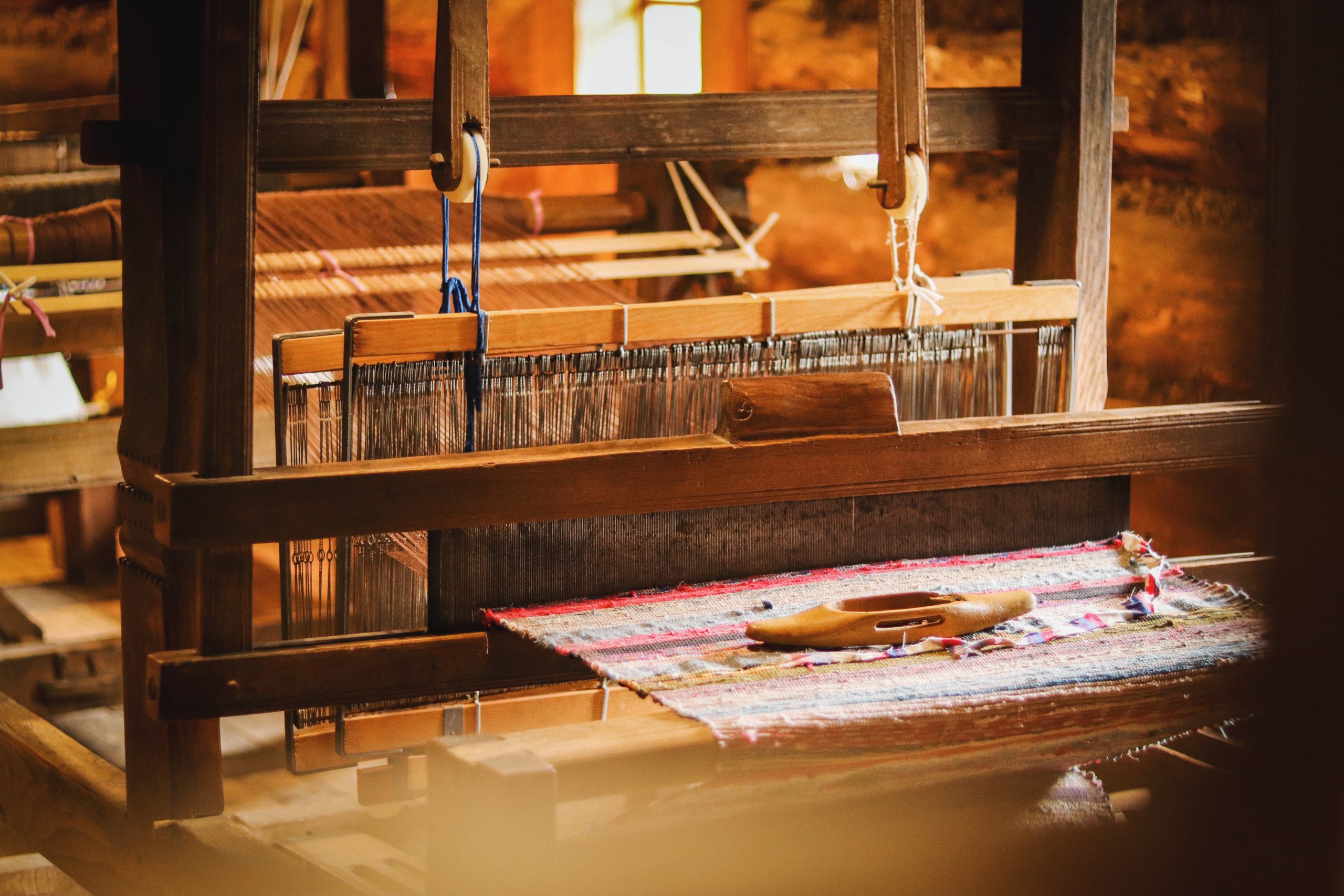
Romanian Wool
In rural areas, many Romanians continue to practice shepherding. Almost everywhere you go, even on main roads like Transalpina or Transfagarasan, you will find shepherds with their large flock of sheep. At almost any market in the mountains, you will find handmade wool clothes and souvenirs.
The most notable piece of clothing you can find and buy is the Romanian suman. Suman is Romanian for peasant coat and it comes from the Bulgarian word “sukmanŭ”. These clothes are handwoven from wool and embroidered by women.
There are waistcoats made from wool and also special sheepskin cloaks used in rural areas in Romania. Those types of clothes are truly authentic used to this day. Of course, for gifts, you can find sweaters, woolly socks and wool accessories.
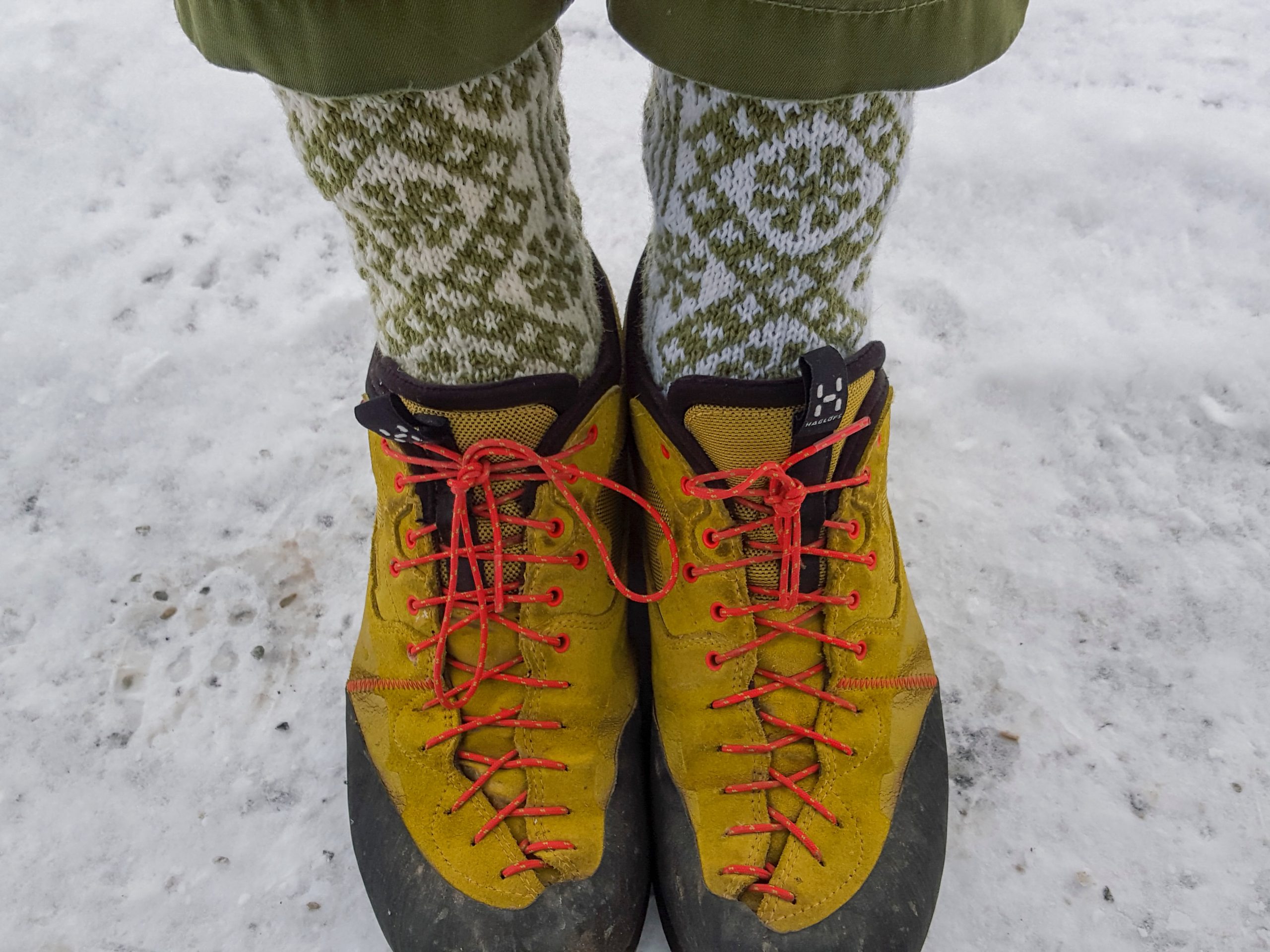
Romania Honey
Romania is the fourth-largest producer of honey averaging 20,000 tons of honey annually. Not just delicious but incredibly healthy too, Romanian honey is very sought after. You should definitely add it to your shopping list. The most appreciated honey of Romania: honeydew honey, rapeseed honey, sunflower honey and acacia honey.
Making honey is a traditional practice in Romania and the national honey has so many health benefits. Besides, a jar of authentic honey starts from as little as 25 RON. When you drive in the mountains, you can see many locals proudly selling their honey. It’s also an ingredient added to many Romanian foods and sweets.
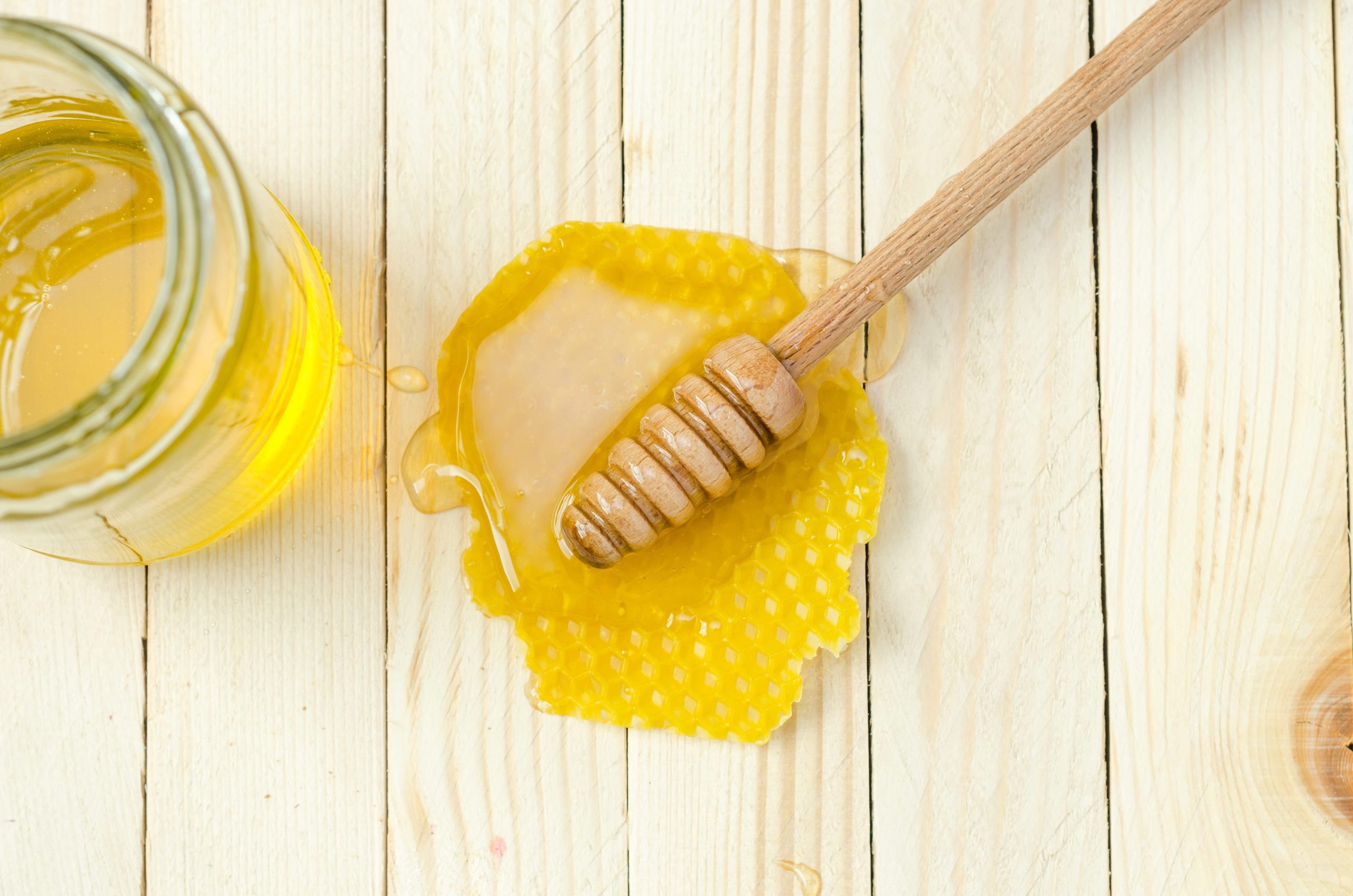
Bottle of Tuica
Tuica is a traditional Romanian brandy made from plums. You can purchase it in any supermarket and any traditional artisanal shop. Traditionally, țuică is prepared from early October until early December. The plums are left to ferment for 6-8weeks in large barrels. According to both tradition and also the Romanian standard for making authentic tuica, distillation is made in a copper still using a traditional fire source from wood (although sometimes coal can be used as well).
Tuica usually comes in beautiful bottles making it the ideal gift and souvenir. If you visit markets in the mountains, you will very likely find some highly decorated bottles of tuica there as well.
Normally, tuica is only consumed before a traditional Romanian mean. It is served in a shot glass and it’s meant to be sipped and savoured.

Romanian Sweets
Ciocolata cu from has to be the most traditional and authentic Romanian chocolate on the market. This is a childhood memory, as we used to eat this all the time. It’s still delicious chocolate made with a rum interior. It’s just the right amount of sweet.
You can also buy caramelele Sugus (a type of toffee), dropsurile Silvana (hard candy), prajitura cu crema Magura (a type of fluffy cake in chocolate with a cream interior), baton cu stafide Fagaras (chocolate with raisins) and many boxes of traditional chocolates.
All these products are made in Romania and they go back to 1856 when the Capsa brothers opened their first cake shop in Bucharest.
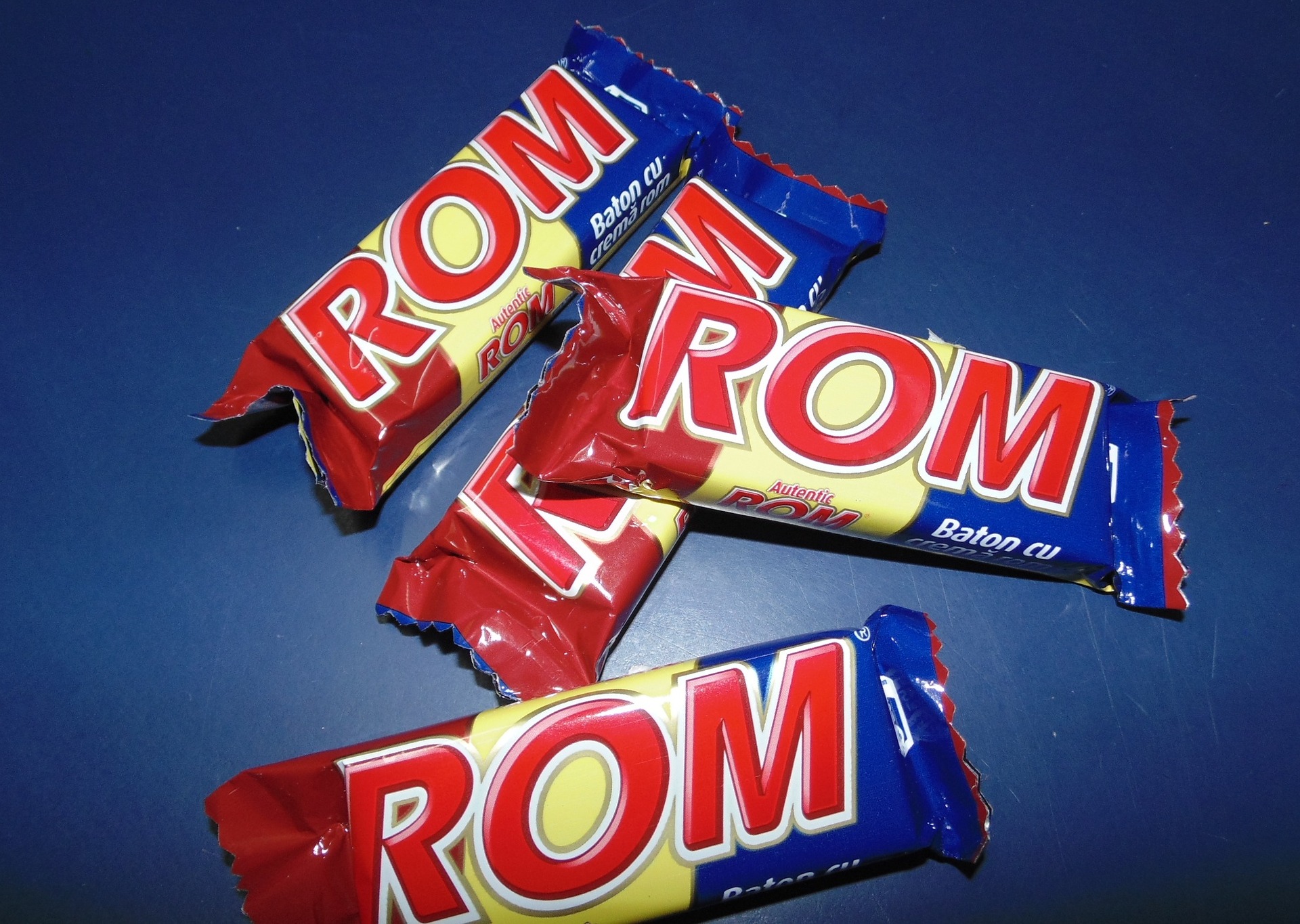
Authentic Wooden Carvings
Wood carving is one of the many traditions Romanians are so proud of. Dowry boxes, spoons, utensils are objects full of charm and mystery, made by peasant craftsmen with great care and skill over the years. You will find them in many traditional rural Romanian houses and chalets in Brasov or Poiana Brasov as people love them and care for them.
You can buy these wonderful authentic souvenirs in a traditional Romanian shop or even at the airport. If you travel to the mountain villages, you will find many rural communities where villagers preserve the knowledge and skills necessary for processing and carving the wood.
Artisanal wooden carvings are made with simple tools such as chisel, knife, tesla or saw. All objects are original and unique, making them the ideal Romanian souvenir.

Glass Painted Souvenirs
An incredible artisanal object is a glass painted religious icon. This is a category of folk art, a genre of folk art practised almost exclusively in Transylvania. The art was brought to Romania by the Habani, a religious sect originating from Bohemia (now the Checz Republic).
The art of the glass icons is characterized by a naive but very suggestive design, and by a simple and clear composition. You can find such souvenirs in many monasteries especially in Transylvania. In Bucharest, you will find religious icons on wood. They are holy artefacts according to the orthodox religion.
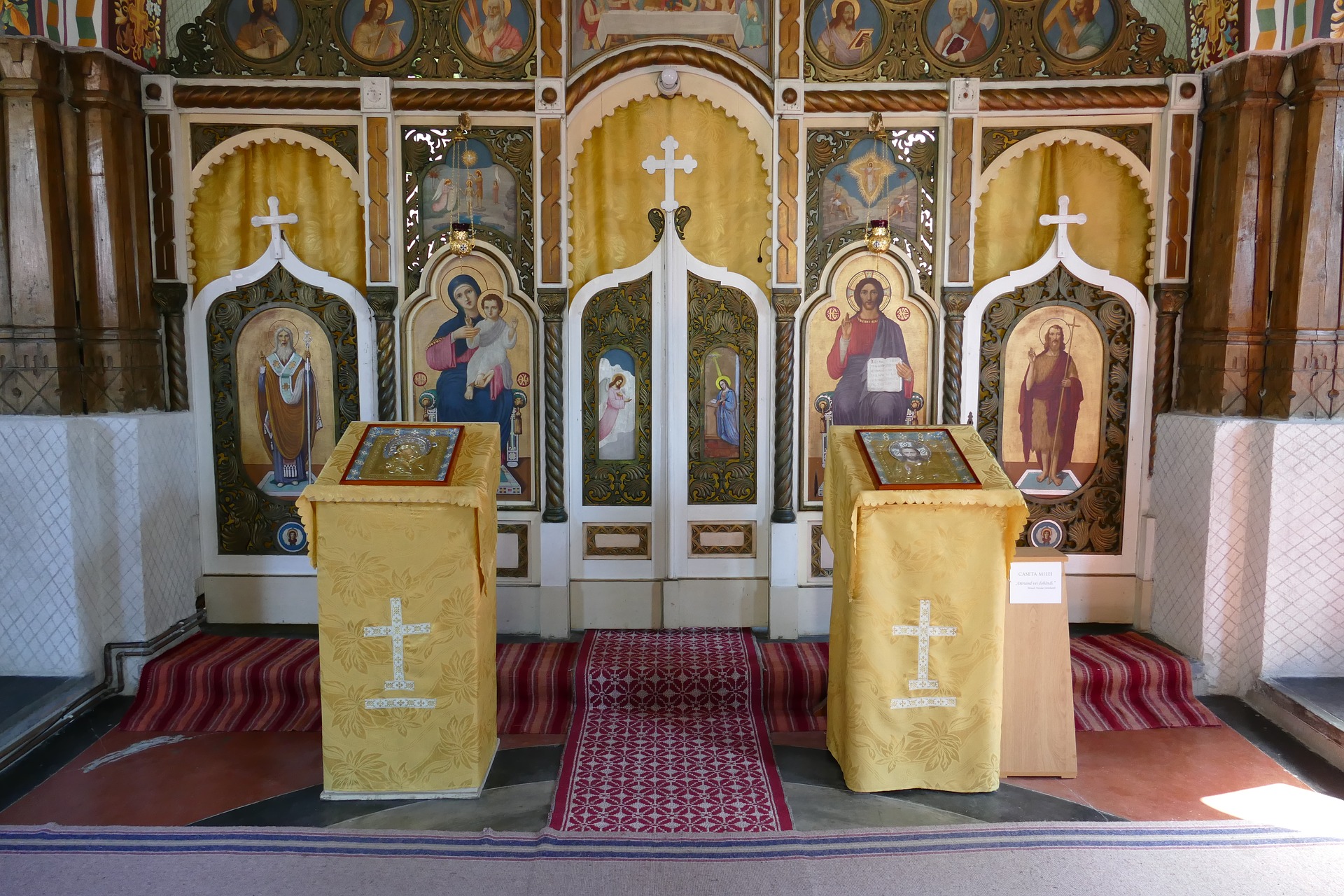
Ethnic Blouse Ie
The Romanian ethnic blouse is called ie. Ie is a blouse, part of the traditional Romanian costume, worn by women. It is made of white cotton, linen or borangic and adorned with embroideries in Romanian folk motifs, especially on the sleeves, on the chest and on the neck.
Romanians are very proud of this garment and they wear it during national holidays. It is now becoming a fashion statement and you can buy an ethnic blouse and wear it casually with jeans, trousers or a skirt. It’s a versatile piece of clothing that makes for such a beautiful gift from Romania. When you buy one, make sure the embroidery is handmade for extra authenticity.
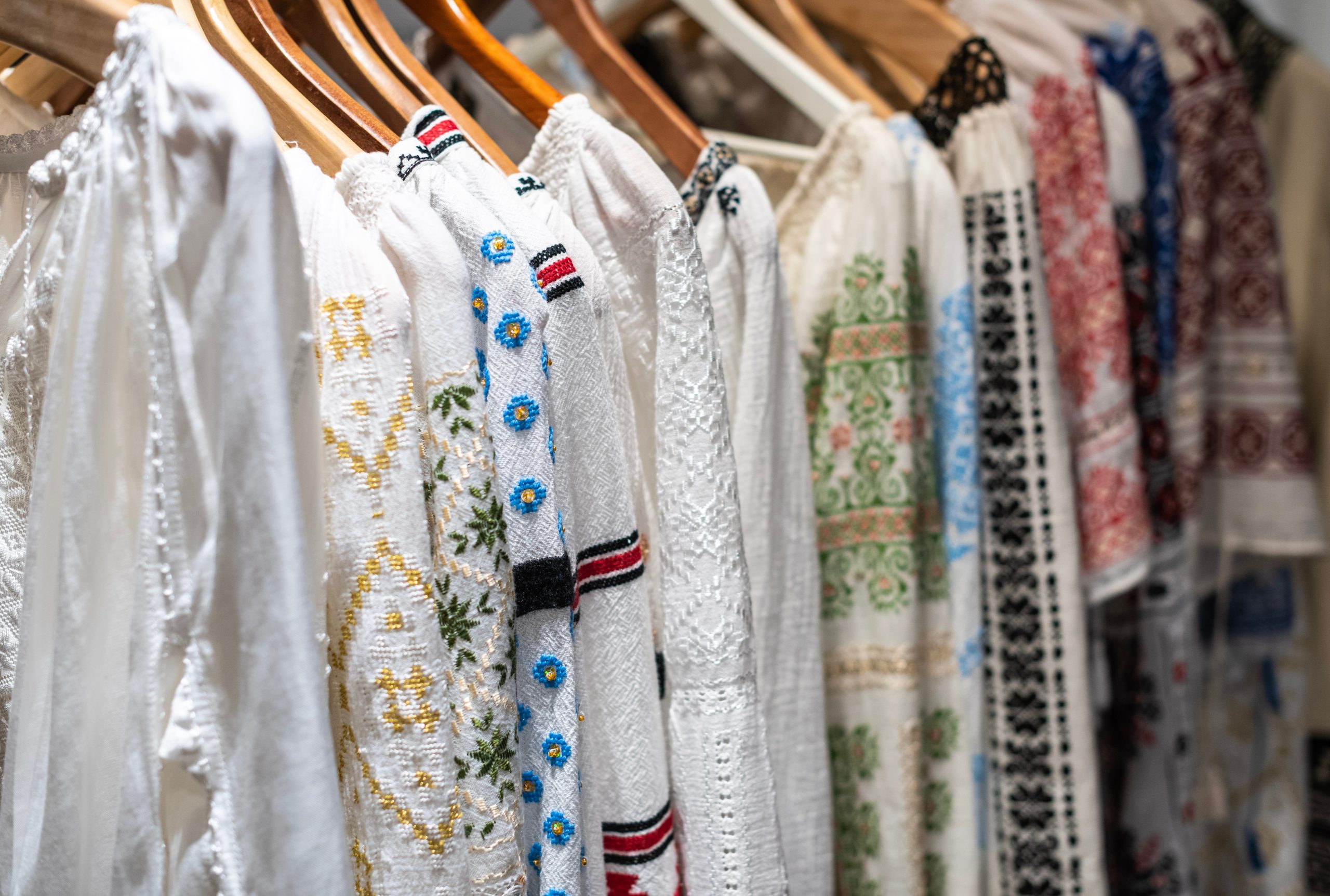
Traditional Veils
A traditional Romanian veil is called maramă, essentially a head covering. They have a great aesthetic and social value for women. For example, in rural areas of Romania, young women cannot wear one as only after a wedding the godmother of the bride puts a maramă (also called basma) on the woman’s head.
This is a sign of social status and in no way a sign of oppression. Romanian women who wear one are very proud of their head covering. The maramă is worn mainly in southern Romania, southern Moldavia and southern Transylvania. In some parts of the country, you will be able to purchase coloured traditional veils with coloured geometric motifs.

Dracula Souvenirs
If you decide to take a day trip to Bran Castle you will very likely stop at the markets to see some of the beautiful artisanal materials, created by locals. These cultural souvenirs not only support local rural communities but also make for such a beautiful present and memory from Romania. After all, Romania is known as the country of Dracula so it makes sense to add to your shopping list a few items that remind you of the land of vampires.

Monastery Bracelets
A truly unique souvenir from Romania can be purchased during your visit to one of the many monasteries in the country. At the entrance of the monastery, you will find a small gift shop that sells holy bracelets plaited by the local nuns. These can be simple in a colour of your choice (usually black or red) but some have special religious motifs significant to the monetary you visit.
These traditional bracelets are called mătănii and in some places, you will find them made from small wooden beads that smell of resin from the myrrh tree and basil. This is because they went through a holy ritual by the local priest before being up for sale.
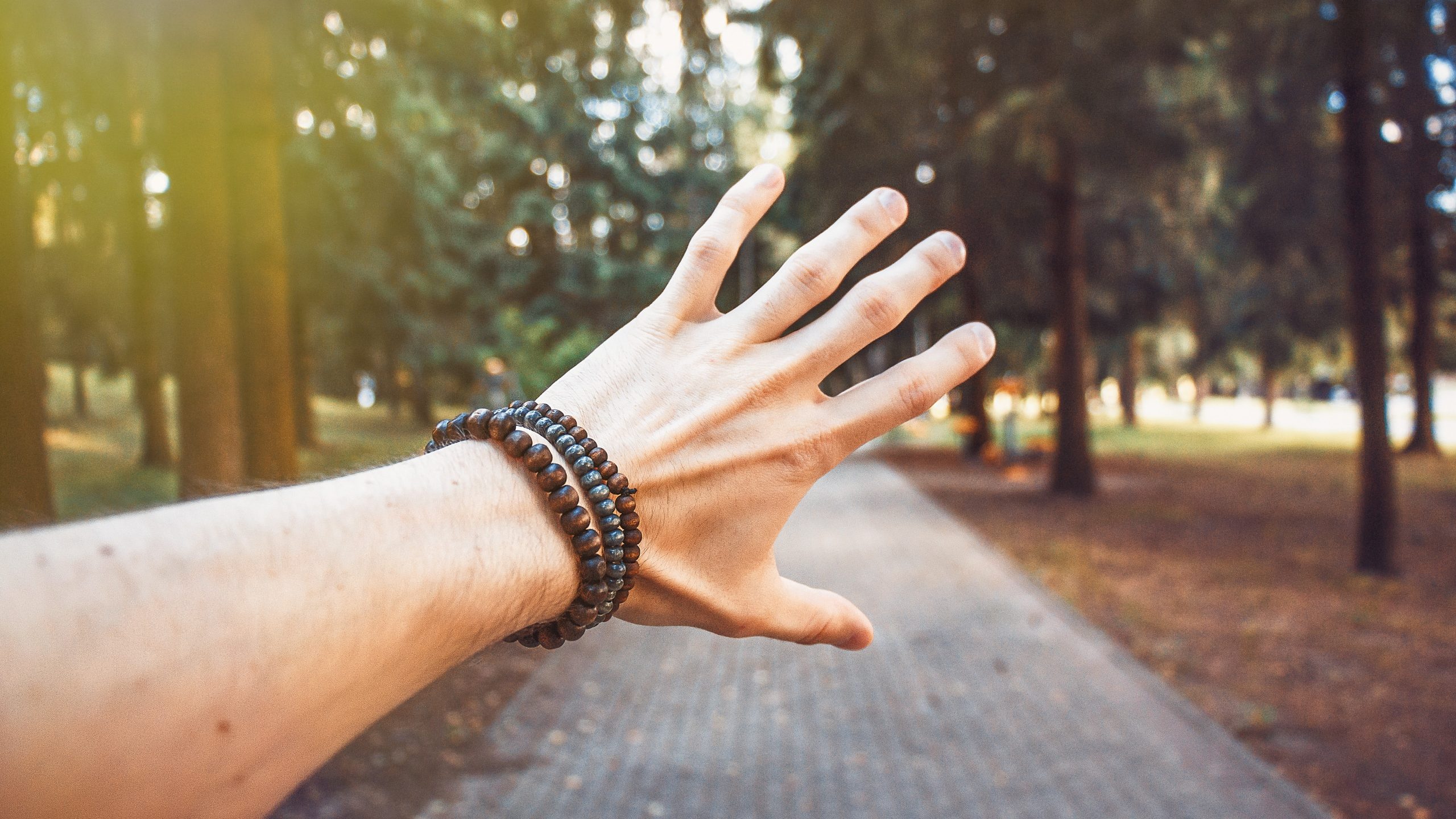
Walnut Jam
A special Romanian jam that is often considered a delicatessen, the green walnut jam is usually made in the month of June. This is not a cheap souvenir but that’s because it’s a relatively finite product that yields little product. For example from around 1 kg of nuts, you can make around 300 grams of jam. You can buy all sorts of preserves and competes and jams as they will all taste amazing and last for such a long time.
A jar of green walnut jam is around £4 and you can find them in some supermarkets depending on the season and of course, in the countryside and rural mountain villages. Some authentic jars of walnut jam can cost £30. You can also purchase a special Romanian liqueur made from green walnuts as well
If you are a foodie, then you should add it to your shopping list.
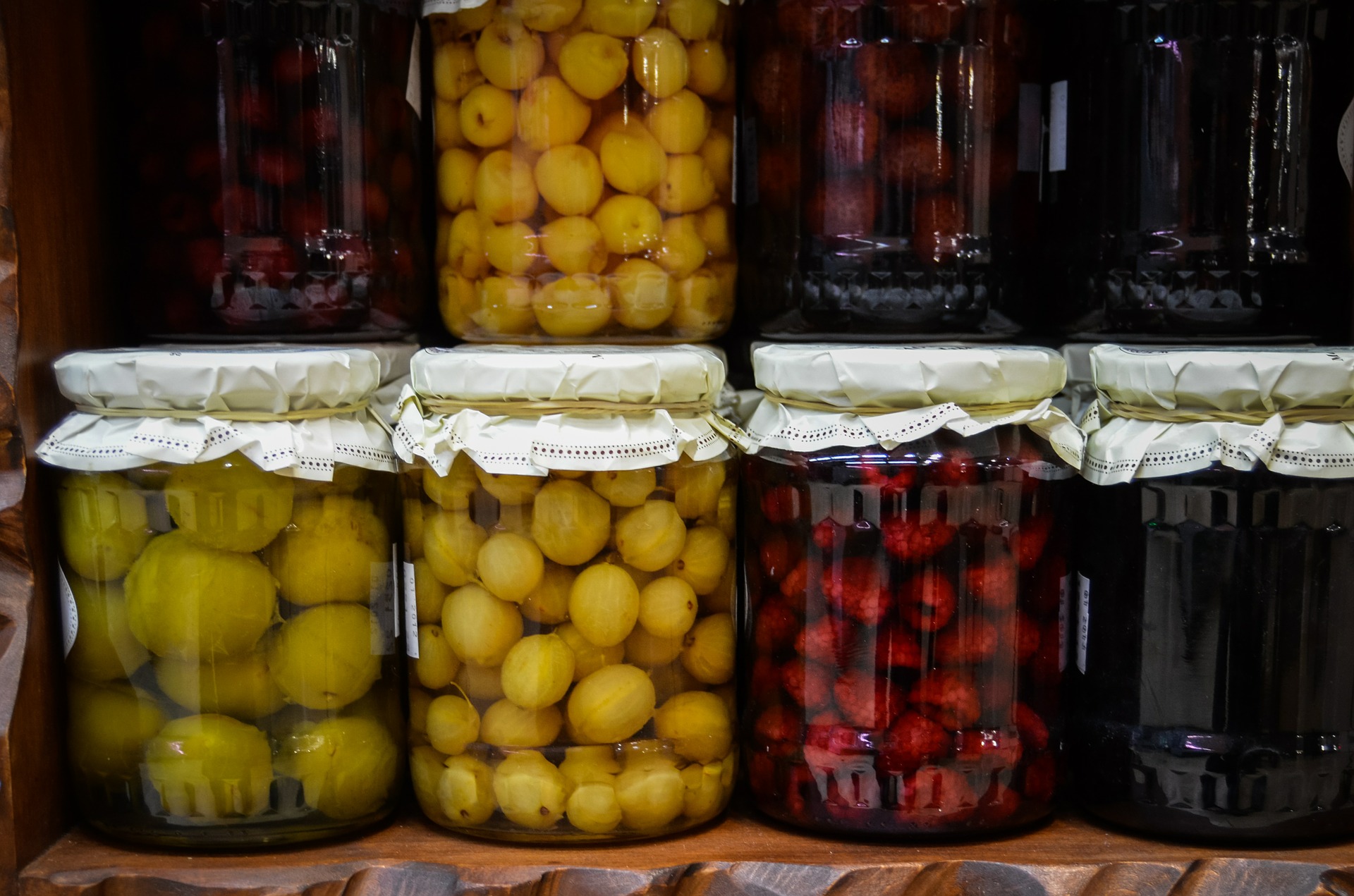
Zacusca
One of my favourites, Romanian zacusca is a vegetable spread that continues to be so loved by locals and tourists alike. In some rural areas, authentic zacusca takes hours to make, as old grannies dressed in traditional clothes used vintage tools with no automation and make the zacusca on an open fire in a large cauldron.
The best type of zacusca is purchased in the mountains from locals. You will find them in various jar sizes. These jars are sterilised and zacusca can last in them for years. In fact, this vegetable spread is usually made in the autumn in preparation for the winter. You will also find zacusca in supermarkets in major cities and on the menu of any restaurant. It’s such a beautiful gift from Romania. You can also learn how to make traditional zacusca and surprise your family and friends with a Romanian foodie night to commemorate your trip.
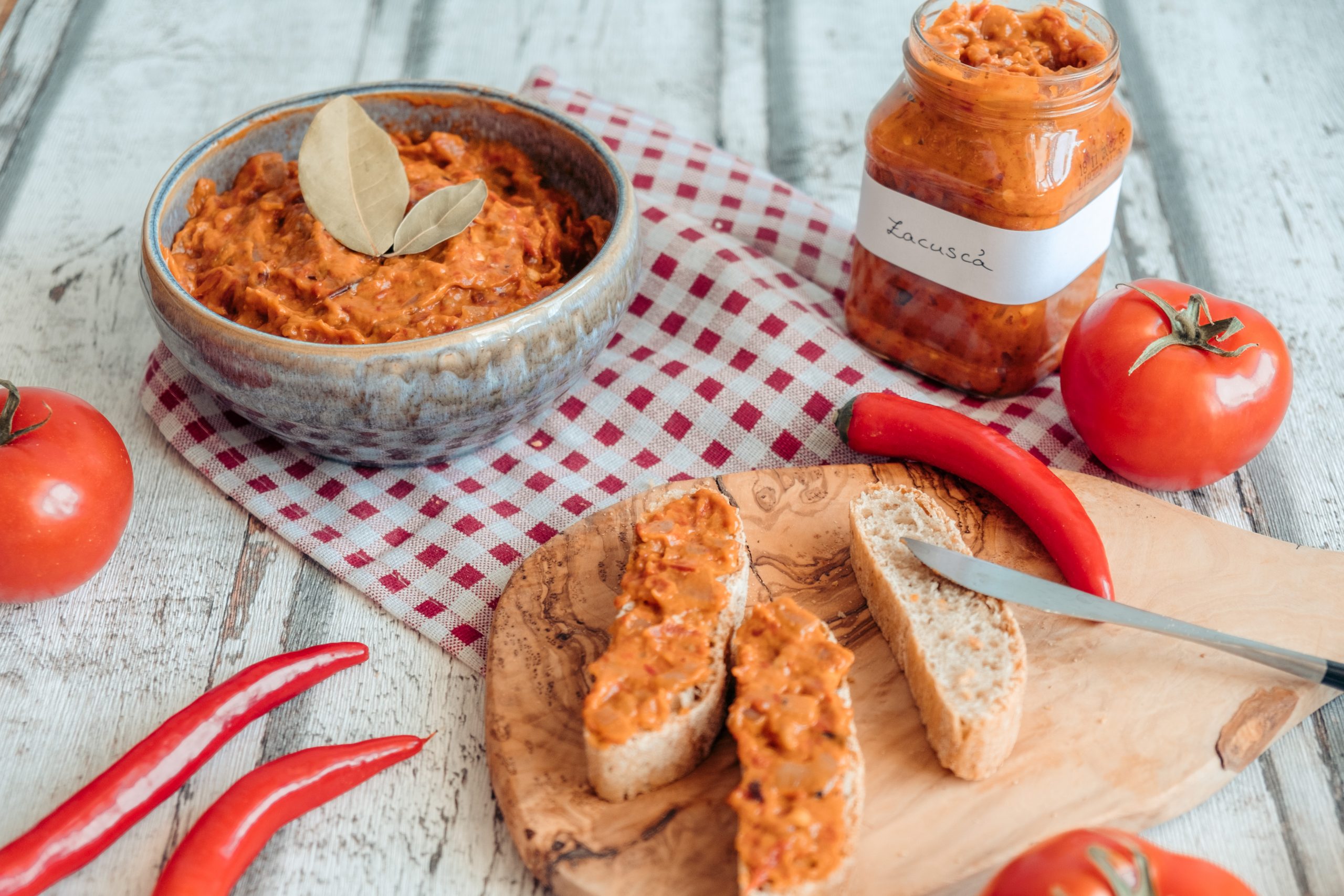
You are now ready to visit some of the most beautiful places in Romania and you now know exactly what type of souvenirs to bring back home with you. We love hearing about your travel and shopping stories so please let us know all about it in the comments section below.

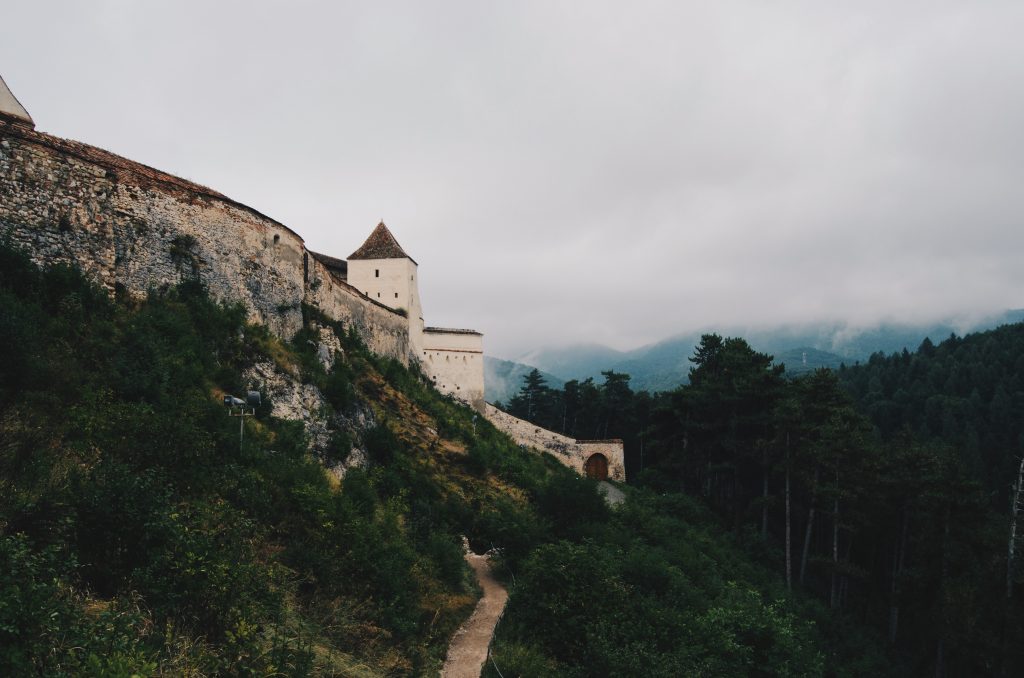
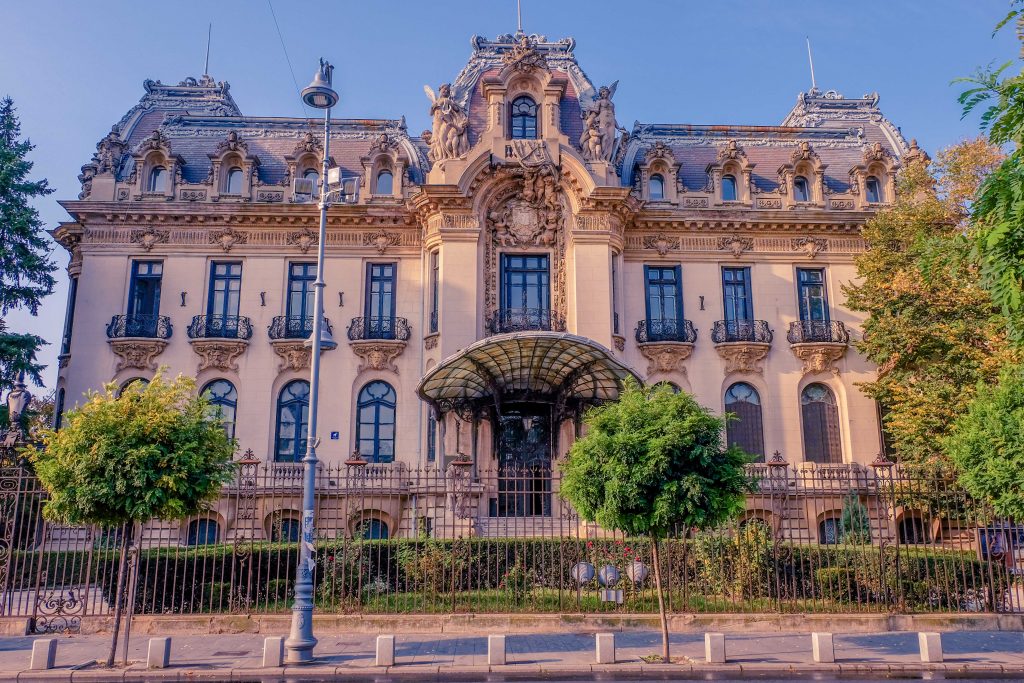
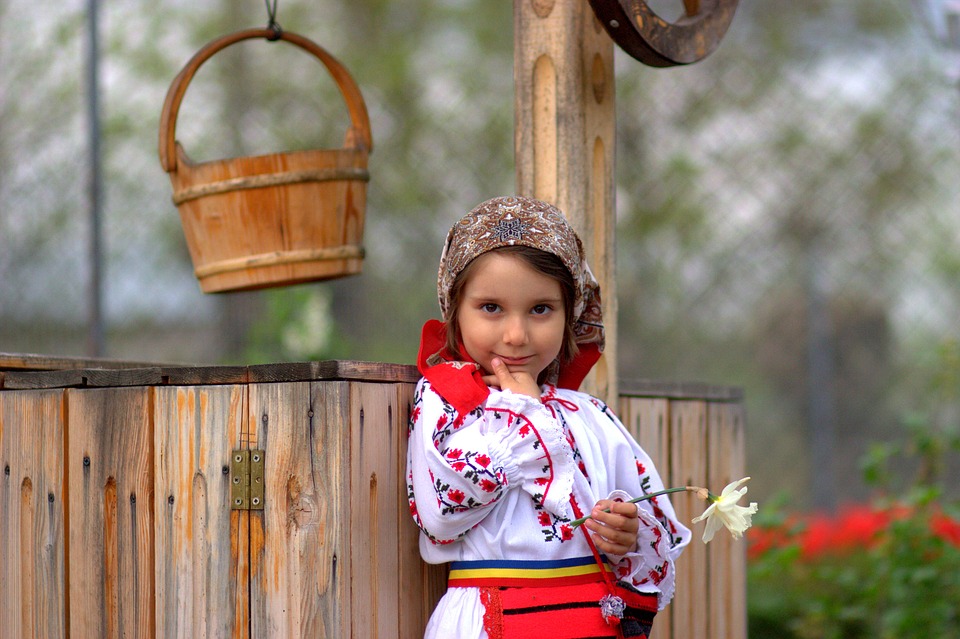

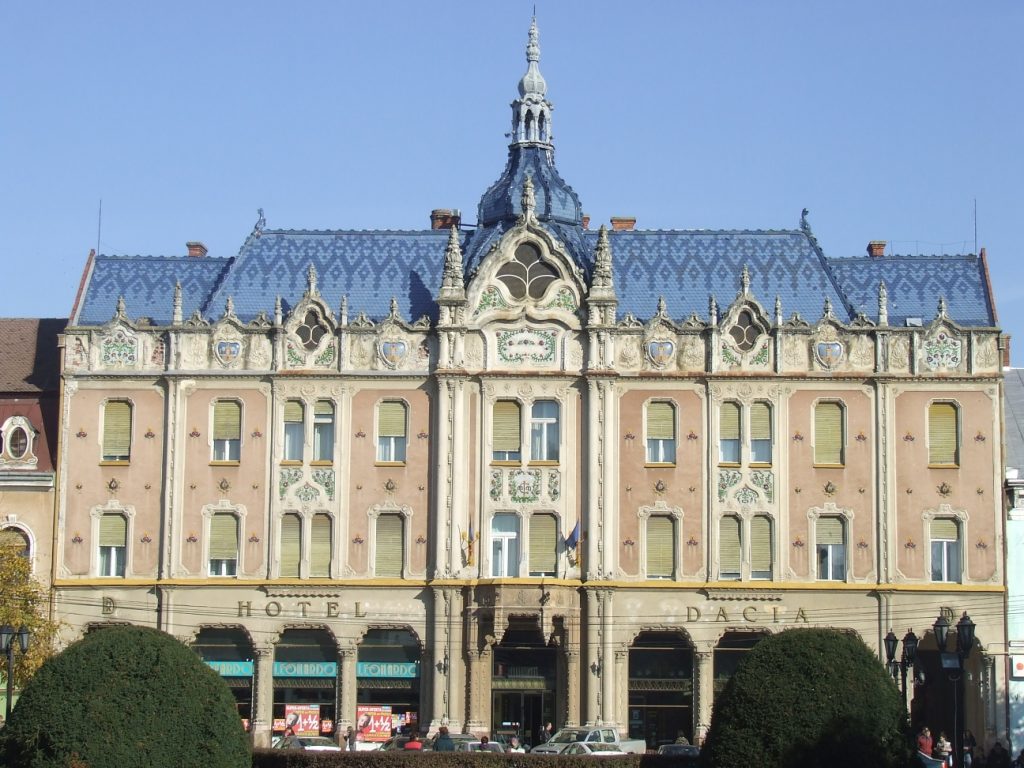



Leave a Reply